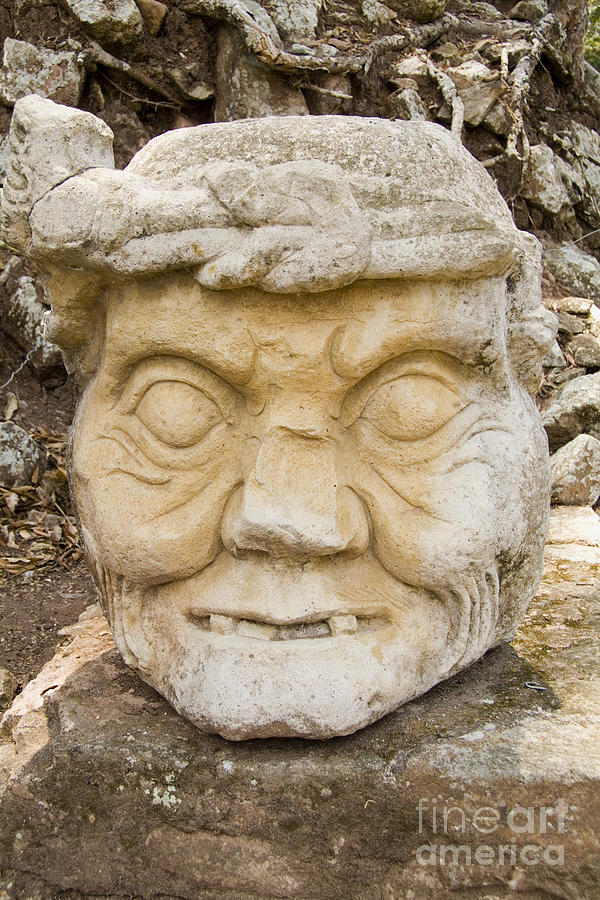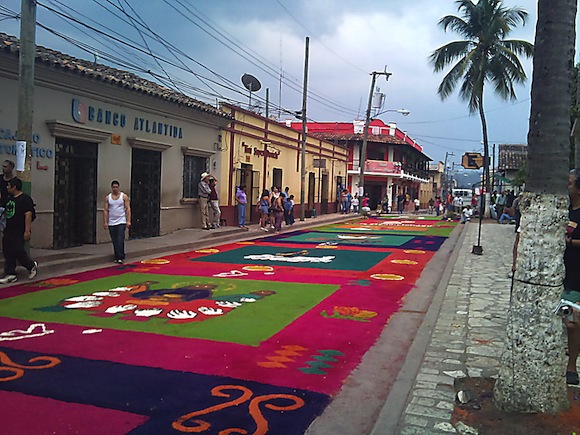Art in
Honduras is so intertwined with its culture that it’s hard to distinguish it on
its own. It’s often utilized in the home as well as with religious celebrations
and festivals.
The early
Mayans and other indigenous peoples of the area had their own art. It consisted
of primitive drawings depicting hunts and other life events, but it also
includes a large number of sculptures that are amazingly still preserved today.
It’s quite noticeable that there is a high quality of craftsmanship in these
sculptures. Otherwise, they wouldn’t have survived so long, right? Pottery and
handicrafts, such as woven mats, have also been found in pre-Columbian
settlements and are still created to this day by current members of the
dwindling number of indigenous communties.
After the
Spanish arrived, the brought along their own art to the area. Indigenous art
was now combined with the most popular styles in Europe –Spanish, Gothic,
Moorish– and these artistic themes were adapted to new world art and
architecture. As Hondurans gained independence, themes of the struggles of
poverty, everyday life, religion, and their natural environment were commonly
depicted in their paintings and sculptures. Jungle animals, especially that of
the jaguar, were often painted into pictures.
One of
Honduras’ most prominent painters is Miguel Ángel Ruiz Matute. As an expressionist
painter, his paintings show an array of emotions, often using muted tones and
painting an object or person in such a way to give the audience a double
exposure of the emotion he’s trying to portray.
If you ever
get the chance to visit Honduras during Easter week, you’ll probably get to see
first-hand the Easter carpets. People take bits of colored pieces of sawdust
and arrange them on the sidewalks along the path of the Good Friday procession
and create intricate pictures. These pictures usually depict scenes of the
Easter story or other Catholic-related themes. I would imagine that these carpet designs take a lot of
planning, talent, and patience to put together. But when everyone has completed
their square, the street looks amazing.
Honduran literature
is predominantly written in Spanish. Early Honduran literature topics primarily
covered religion and historical documents. But it really didn’t get its push
until the late 19th century and early 20th century.
Writers here
ventured into many genres. Some of the most notable poets include Juan Ramón
Molina (a national library and a bridge are named after him), Óscar Acosta
(poet, diplomat, journalist), Roberto Sosa (award winner, has had several books
translated into English, didn’t publish his first book until he was 30 years
old), and Amanda Castro (award winner, has several works available).
 |
| Froylán Turcios |
There has
been many novelists emerge in the last century and a half: Froylán Turcios
(politician, journalist, often considered one of the greatest intellectuals in
Honduran history), Lucila Gamero de Medina (romantic novelist, one of the first
women writers to be published in Honduras), Ramón Amaya Amador (known for his
leftist politics, was instrumental in promoting social realism), and many others.
Honduran
writers also represent other specific genres, such as historical writings,
scientific writings, memoirs, political writings, and plays/drama.
Up next:
music and dance





No comments:
Post a Comment